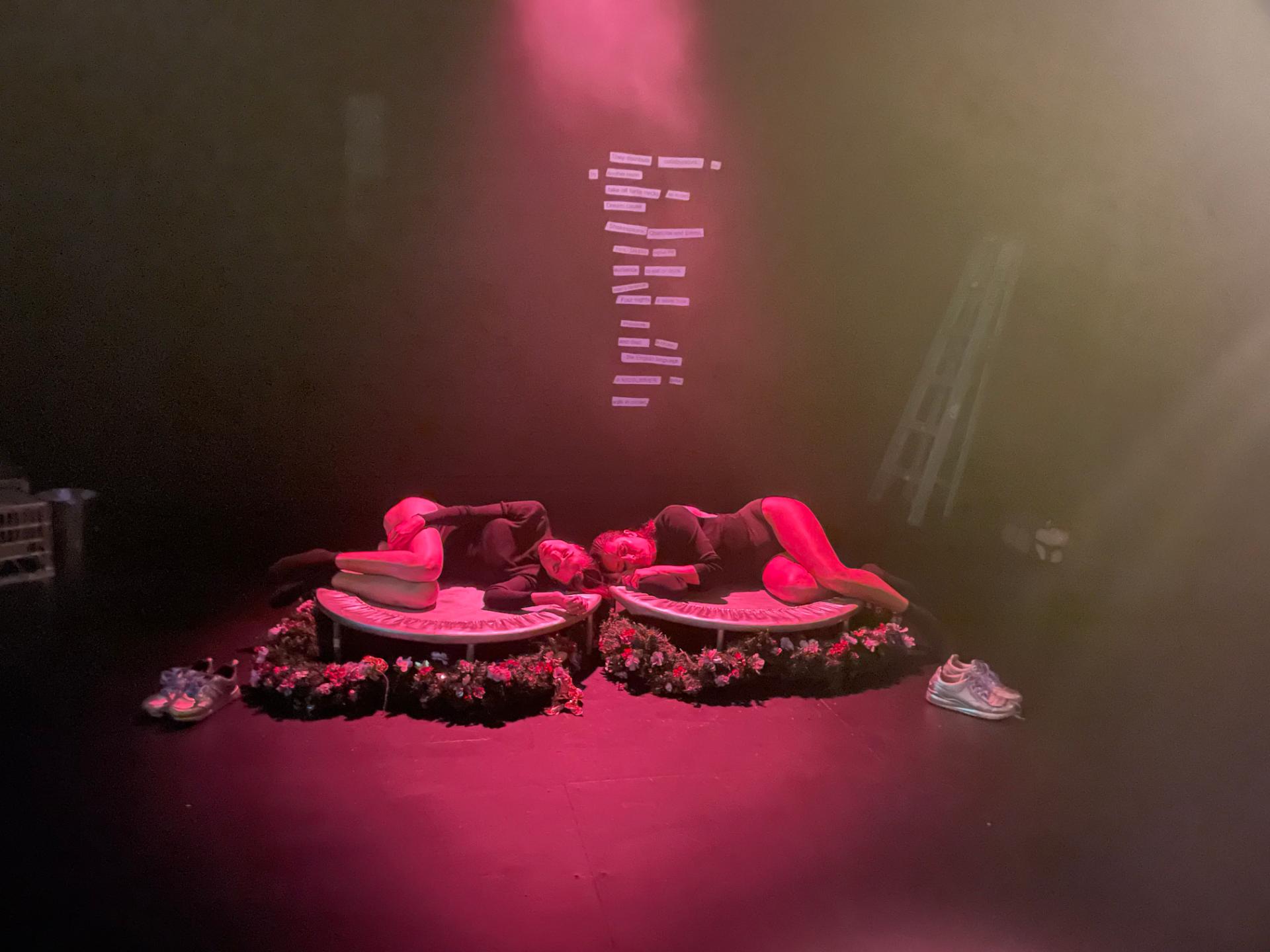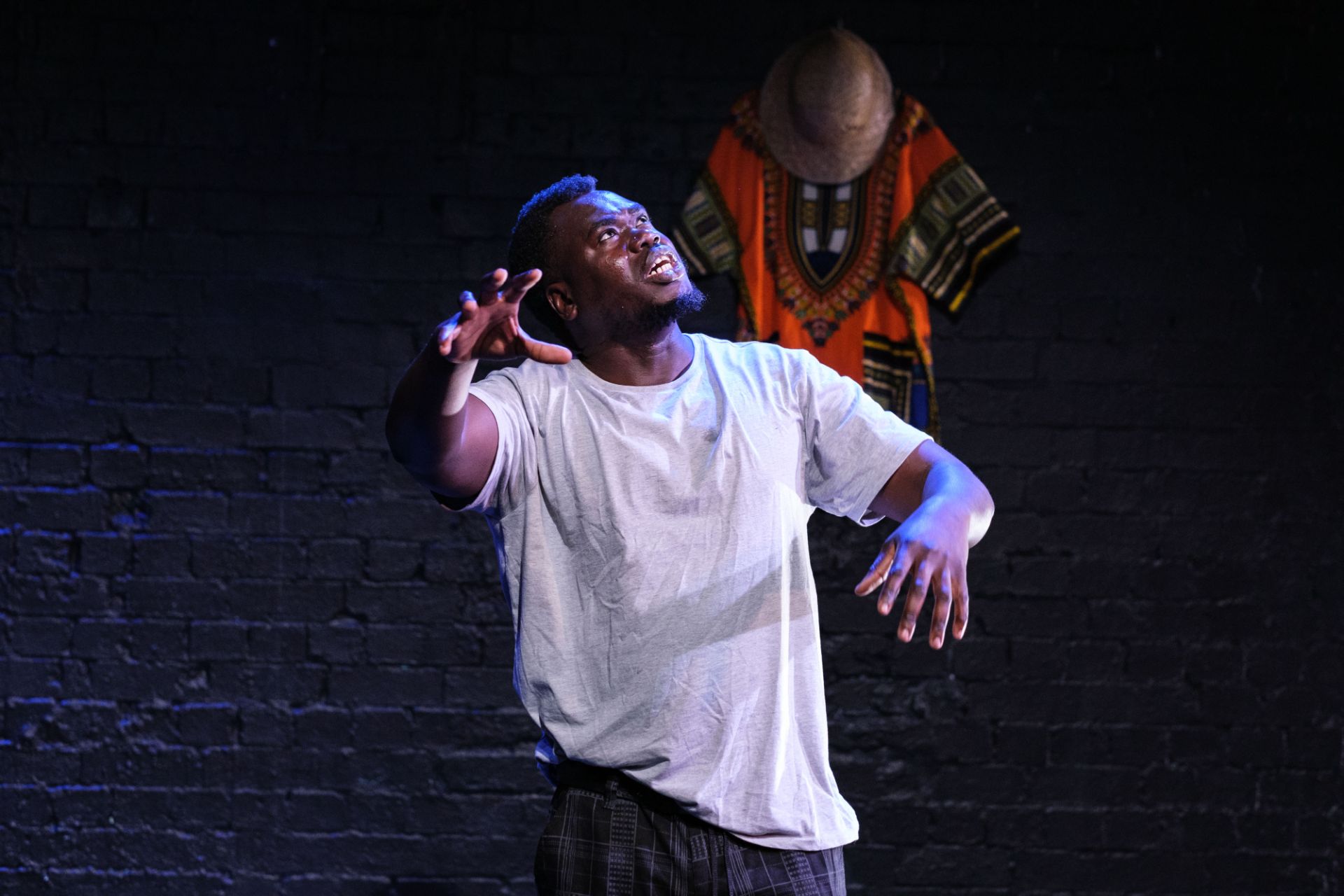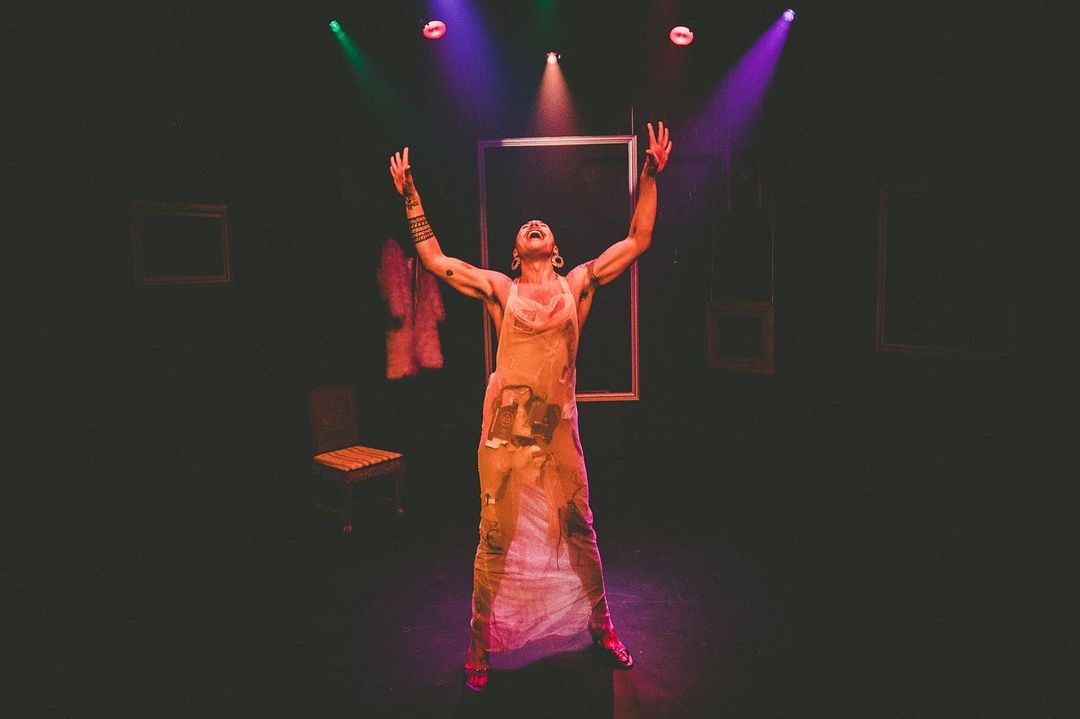Venue: Old Fitzroy Theatre (Woolloomooloo NSW), Jun 3 – Jul 1, 2023
Playwright: Tennessee Williams
Director: Alexander Berlage
Cast: Jessica Bentley, Sheridan Harbridge, Albert Mwangi, Ben O’Toole, Agustin Paz, Josh Price, Joshua Shediak, Angela Nica Sullen and Catherine Văn-Davies
Images by Phil Erbacher
Theatre review
When Blanche descends upon Stella and Stanley’s home, she is a woman at the end of her tether. We may not see characters caught up in reminiscence or nostalgia, but in Tennessee Williams’ A Streetcar Named Desire, it is the haunting presence of their faded glory days and the indelible trauma they have endured that lingers. The delicious melodrama, so characteristic of Williams, is derived from the manifestations of a past that proves too dazzling, for any future to live up to. It is survival but with only the dimmest of hope, and that conspicuous pain translates as masochistic theatrical exaltation, which proves a timeless treasure, 76 years after its 1947 Broadway premiere.
Directed by Alexander Berlage, Streetcar‘s grand scale of emotions is comprehensively loaded into the most intimate of auditoriums, providing a live experience as rich as anyone could wish for, and unrelentingly intense throughout its entire 3-hour duration. The classic text is left wholly intact, but Berlage introduces a sensibility that feels unequivocally contemporary, especially in terms of what the play says of gender politics. The relationship between Blanche and Stanley is distilled powerfully, so that we can understand the actual dynamics operating therein, far beyond the superficial lust that usually defines that connection. The cruelty of men, inflicted upon both Blanche and Stella, is an important focal point that never gets missed in this wonderfully contemplative production. Noteworthy too, is the nature of resilience as exemplified by the two women, whose lives in 1940s New Orleans, tell a remarkably accurate story of misogyny that sadly persists.
Emma White’s set design provides cleverly imagined spatial demarcations, valuable to the physical and psychological dimensions of the play. Aleisa Jelbart’s astute work on costumes depicts a time and place, remembered for its oppressively conformist climate. Extraordinary illumination by Phoebe Pilcher, seduces us into Blanche’s overwhelming yearning for poeticism and decadence, turning mundane domesticity into a realm becoming progressively escapist. Zac Saric’s music and sounds juxtapose a modern attitude with old jazz influences, offering a foreboding glamour that has us thoroughly beguiled.
Actor Sheridan Harbridge brings spectacularly to the stage, the iconic tortured soul of Blanche DuBois. Gloriously (and appropriately) flamboyant but resolutely authentic with the role’s mental and spiritual aspects, so that the performance never becomes caricature, no matter how escalated the emotions being portrayed. Blanche is a broken woman from the past, returning once again to devastate, this time by Harbridge who bridges the generations, and breaks our 21st century hearts, through her ability to locate in this irresistible tale, all that is eternal and therefore undeniably truthful about humanity.
Stella is played by Catherine Văn-Davies, who in a piece of supremely heightened drama, delivers marvellously a realistic personality, convincing and sympathetic, but informed by sensibilities that are absolutely of today. The parallels Văn-Davies draws between Stella and Blanche offer a refreshing perspective, demonstrating that the sisters’ lives have perhaps not deviated as significantly as previously thought. Ben O’Toole brings a strong presence, along with admirable integrity for the role of Stanley, combining belligerence and vulnerability to make a forceful statement about masculinity that seems to never lose resonance. Also interrogating traditional maleness is Josh Price, who as Mitch delivers a nuanced study of deceptive benignity, so that we may perceive the danger inherent in power imbalances, even if shrouded in politeness.
It is a wonder that more of us are not losing out minds, in a world that refuses so many our autonomy. It is a tragedy that Blanche is unable to attain her heart’s desire. It is also a tragedy, that her desires are shaped by forces that demand her continual supplication and acquiescence. Those who stand to benefit from our submission, will always seek to regulate our every inclination. There is no end to how much they seek to extract of us, and accordingly no depths they will not plunder, to ensure that all we would wish for, will forever be of their dominion.
www.redlineproductions.com.au






































































